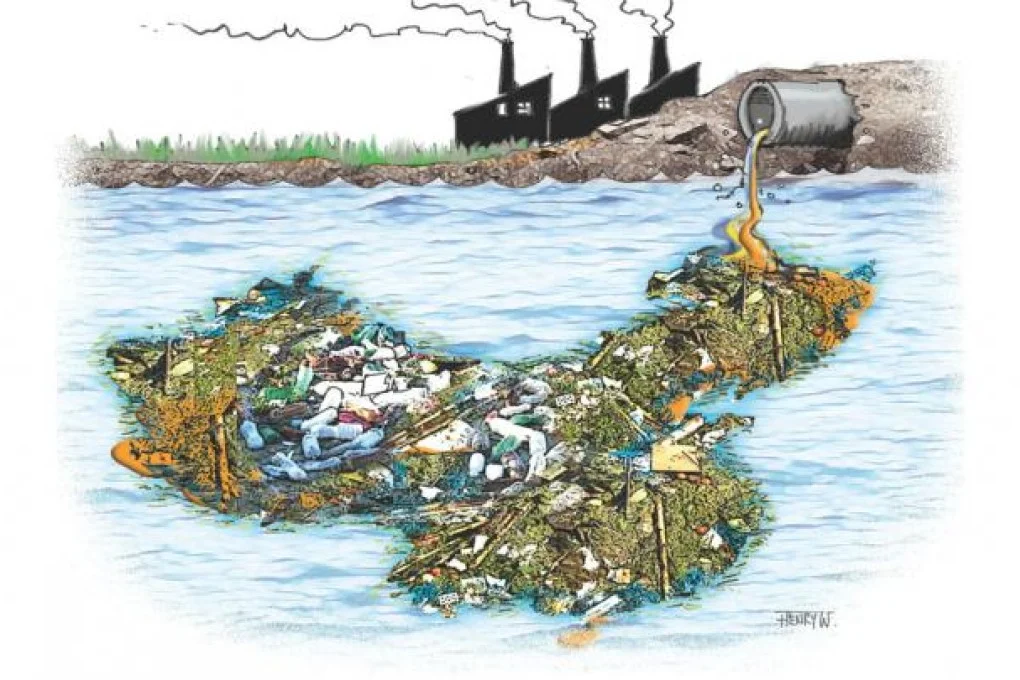West Bengal generates about 13,708.58 Tones/day (TPD) of municipal solid waste & around 300,236.12 MT of plastic waste annually, according to the information shared by the West Bengal Pollution Control Board (WBSPCB).*
Dumping grounds can indeed pose a significant risk of groundwater contamination. Dumping grounds/landfills, are sites where waste materials are disposed of, which can include household waste, industrial byproducts, construction debris, and more.
Dumping different types of waste together creates a mixture of organic matter, plastics, chemicals, heavy metals, and other hazardous substances. When rainwater infiltrates this mixture, it can leach out a wide range of contaminants, posing a severe threat to groundwater quality.
Here’s how dumping grounds can lead to groundwater contamination:
- Leachate Formation: As rainwater percolates through the waste materials in the dumping grounds, it picks up various contaminants, including chemicals, heavy metals, and organic compounds. This leachate, a highly polluted liquid, can seep into the underlying soil and eventually reach groundwater.
- Lack of Containment: Older dumping grounds may lack proper lining and containment systems to prevent leachate from infiltrating the surrounding soil and groundwater. Even with modern landfill designs that include liners and collection systems, there is still a risk of leakage over time due to degradation or failure of these systems.
- Migration of Contaminants: Once contaminants enter the groundwater, they can spread over large areas through natural underground aquifer systems. This can impact not only the immediate vicinity of the dumping grounds but also downstream water sources used for drinking water supply or irrigation.
- Persistent Pollution: Many of the contaminants found in dumping grounds leachate are persistent and can remain in the groundwater for years or even decades, posing long-term risks to human health and the environment.
To mitigate the risk of groundwater contamination from dumping grounds, it’s essential to implement proper waste management practices, including:
- Implementing modern dumping grounds designs with impermeable liners and leachate collection systems.
- Monitoring and treating dumping grounds leachate to prevent contamination of groundwater.
- Regular monitoring of groundwater quality around dumping grounds sites to detect and address contamination.
- Proper closure and post-closure management of dumping grounds sites to minimize ongoing environmental risks.
Overall, while dumping grounds serve as necessary waste disposal sites, their improper management can indeed contribute to groundwater contamination, highlighting the importance of responsible waste management practices.
*Source: https://www.wbpcb.gov.in/files/Mo-12-2021-12-34-40SEP.pdf
